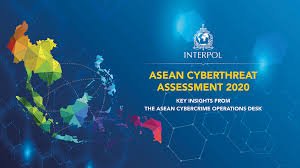Cybercrime is a serious threat facing Australia and the world, but this criminal activity is often wrongly viewed as a near invisible online phenomenon, rather than a ‘real world’ concern. Behind every attack sits one or more people in a physical location. Those people are products of particular socio-economic conditions, which influence the types of regional and local cybercrime activity they specialise in. Cybercrime isn’t evenly distributed around the globe, but is centred around hotspots, which offer potential breeding grounds or safe harbours from where offenders can strike. This is true in Australia’s own region, where some Southeast Asian countries are emerging as bases for serious regional, and even global, cybercrime threats. We’re not proactively tackling the locations where the cybercrime threat develops and matures.
The purpose of this report is to highlight how rooted in the conventional world cybercrime actually is. In many cases, there’s a strong offline dimension, along with a local one. All cyberattacks have one or more people behind them. Some of those offenders know each other in person. All are physically based somewhere and are the product of local socio-economic conditions. As a result, we see different ‘flavours’ of cybercrime coming out of different parts of the world. The specific focus of this analysis is on the nature of cybercrime within Southeast Asia and the local dynamics therein.
This report is structured in three parts. First, it outlines the nature of cybercrime as a local phenomenon, highlighting some of the most famous hubs around the world. Second, it zeroes in on the case of Southeast Asia. Finally, the report addresses potential policy solutions derived from this analysis, and particularly those that could be adopted by the Australian policy community.




